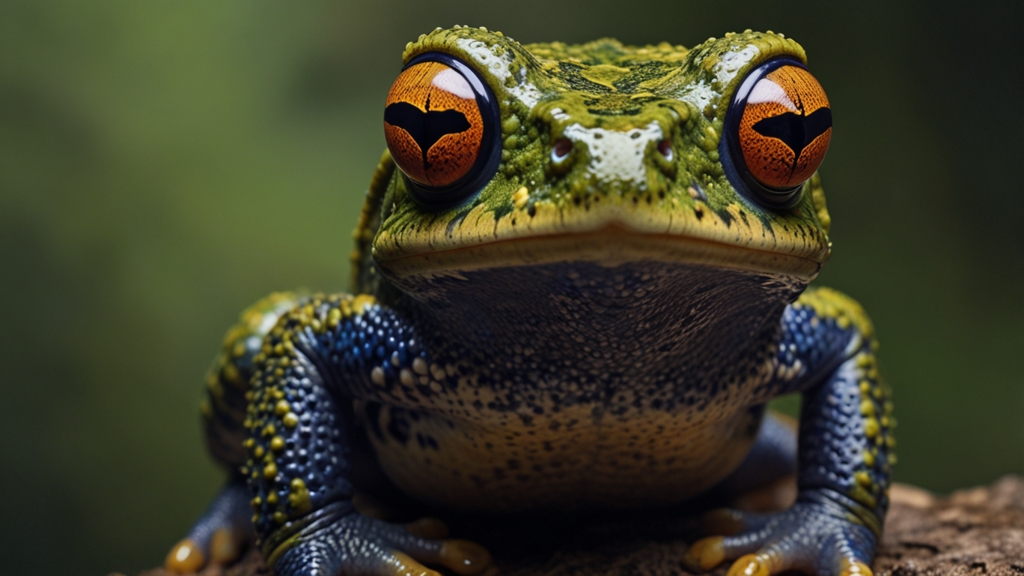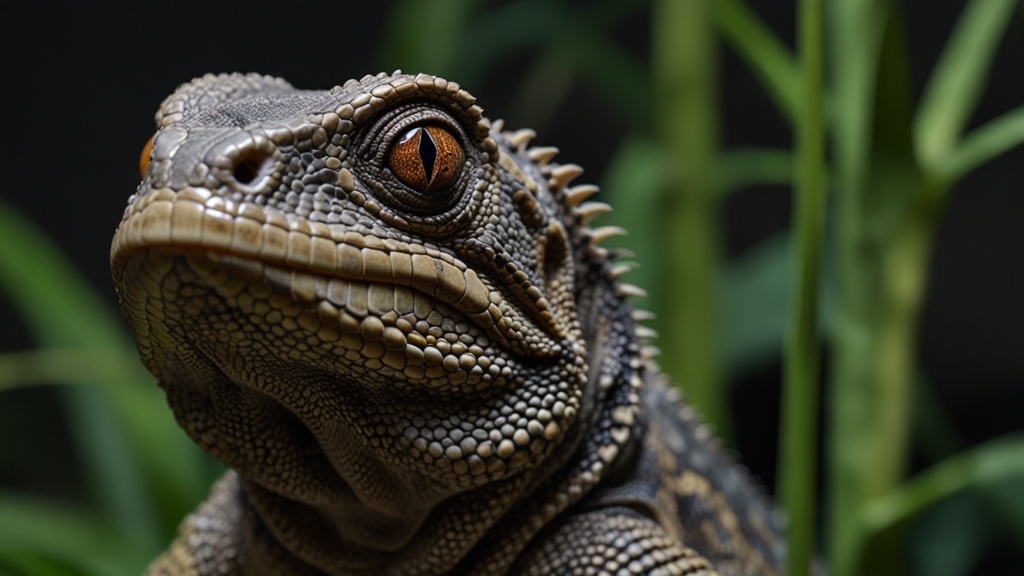The Most Incredible Amphibians You've Never Heard Of
Amphibians, the remarkable group of cold-blooded vertebrates that include frogs, salamanders, and caecilians, represent some of the most diverse and fascinating creatures on our planet. While many of us are familiar with the common varieties like the vibrant tree frog or the hardy salamander, there are numerous lesser-known species that boast unique characteristics and incredible adaptations. Here, we explore some of the most extraordinary amphibians that you’ve likely never heard of.
The Axolotl: The Eternal Juvenile
The axolotl (Ambystoma mexicanum) is a salamander native to the lake complex of Xochimilco near Mexico City. Known for its ability to retain larval features throughout its entire life, this phenomenon, called neoteny, means that the axolotl retains its juvenile gills and fin-like appendages even as an adult. What makes the axolotl truly remarkable, however, is its ability to regenerate entire limbs, spinal cords, hearts, and other organs – capabilities that have fascinated scientists and contributed to medical research.
The axolotl is not just a subject of biological interest but also carries cultural significance in Mexican folklore where it is believed to represent the god Xolotl.
The Olm: The Underwater Cave Dweller
The olm (Proteus anguinus), sometimes referred to as the "human fish" due to its pinkish skin, is an utterly unique, blind salamander that inhabits the underwater cave systems of Central and Southeastern Europe. This reclusive amphibian spends its entire life in complete darkness and has evolved incredible adaptations such as heightened senses of smell and hearing to navigate its subterranean world. Remarkably, olms can live for over 100 years and can survive up to a decade without food by significantly reducing their metabolic rate.
The Surinam Toad: Nature’s Unexpected Mother
The Surinam toad (Pipa pipa) from South America exhibits one of the most peculiar reproductive methods in the animal kingdom. Unlike most amphibians, where eggs are laid in water or on land, the Surinam toad's eggs are embedded in the female’s back by the male after fertilization. Over the course of four months, these eggs develop into tadpoles and then into fully formed toadlets, eventually emerging from their mother’s skin in a startling display of biological wonder.
The reproductive strategy of the Surinam toad is a stunning example of evolutionary ingenuity, demonstrating the diverse approaches life on Earth takes to ensure the continuation of species.
The Chinese Giant Salamander: A Gentle Giant
As the largest amphibian in the world, the Chinese giant salamander (Andrias davidianus) can grow up to a length of 1.8 meters (6 feet). This enormous amphibian is native to the rocky hill streams and lakes of China. It possesses a unique vocalization known as the "crying baby" call, which sounds eerily similar to that of a human infant. Despite its size and formidable appearance, the Chinese giant salamander is harmless and plays a crucial role in its ecosystem. Tragically, it is currently facing critical endangerment due to habitat loss and over-exploitation.
Conclusion
The world of amphibians is as fascinating as it is diverse. From the axolotl’s incredible regenerative abilities to the olm’s subterranean existence, the Surinam toad’s unique reproductive strategy, and the majestic presence of the Chinese giant salamander, these incredible creatures remind us of the myriad ways life adapts and thrives in various environments. By learning more about these lesser-known species, we not only broaden our understanding of biological diversity but also highlight the importance of conservation efforts to preserve these extraordinary animals for future generations.










